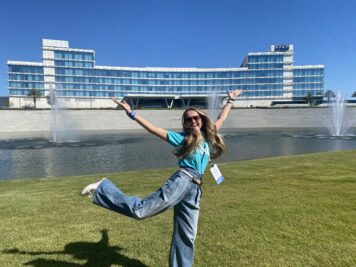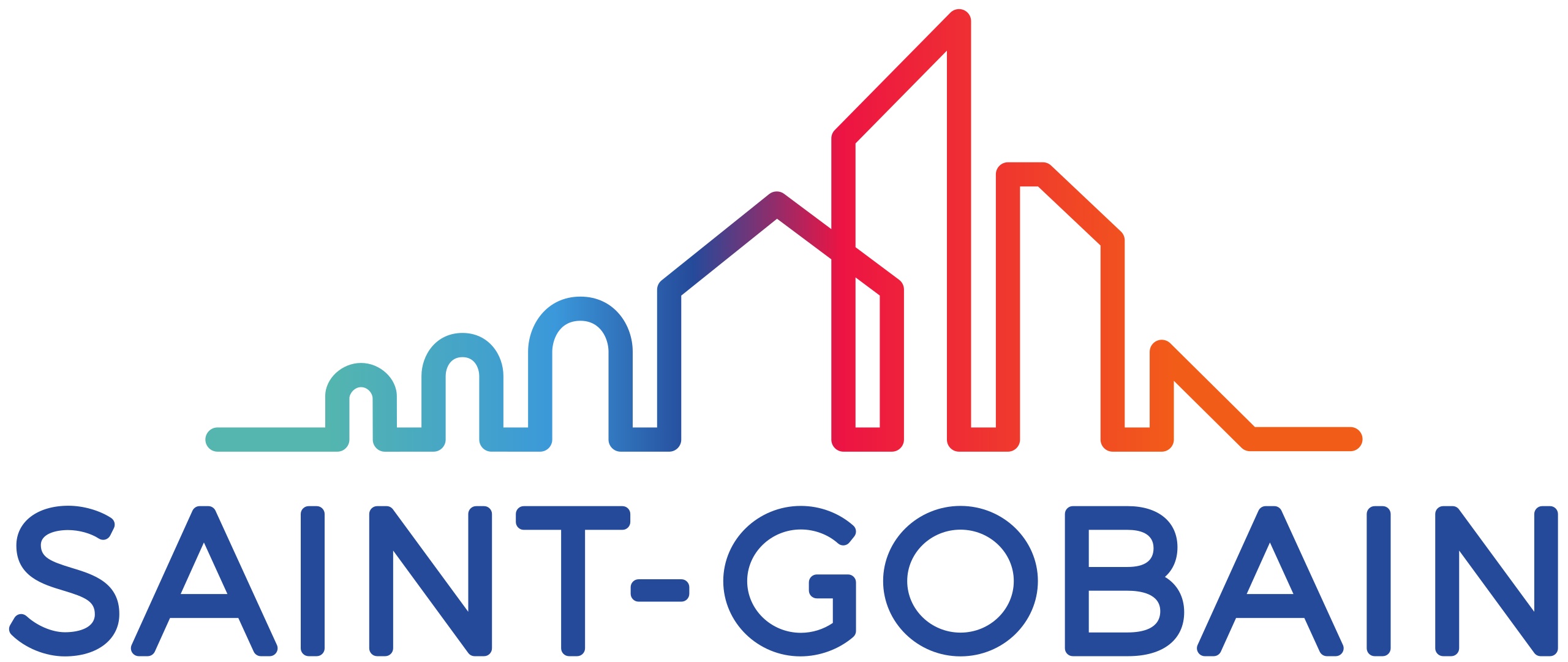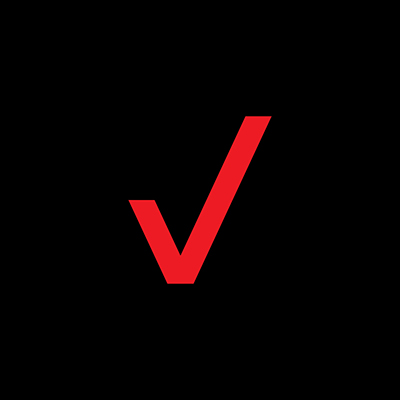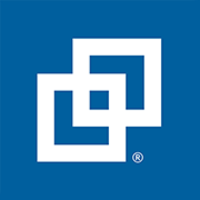When I graduated from college, I had the really cool opportunity to be part of Intuit’s Rotational Development Program (RDP) as a UX designer. To this day, I think it was the best way I could’ve started my career and here I’ll break down why. You don’t need to be part of RDP to get a great experience, but it naturally gave me the following components that made it such a great way to start my career. I’ll speak from a designer’s perspective but I believe these are relevant to anyone starting his/her career.
Mentorship
Mentorship helped me grow FAST. When I entered the program, I was matched with a design director (my “mentor”), another designer (my “buddy”) and was encouraged to find mentors and grow my network. Since my mentor was an experienced design manager, she was wonderful for elucidating company announcements and strategy or coaching me on design and team issues. My buddy, on the other hand, was my age and I could ask her silly questions (“Where is the best lunch place?”) and get more frequent feedback on designs.
Design feedback is incredibly important. You can learn a lot on your own but when you have people looking over your work or guiding your decision making, it can help take you even farther.
So when it comes to mentorship, think about it in 2 ways:
- Career/personal development: Find people you can go to when you’re thinking about what you want to be when you grow up and can help connect you to the right people . (I know, the dreaded networking – I promise it’s really not that bad.)
- Work development: Find people who can critique your work and make you better at what you do.
Another tip: more often than not, have a conversation goal when talking to your mentor because ultimately, they’re looking to help. It can be anything from hearing his/her career path to tweaking a design to brainstorming more ideas to feedback on your next career step. Just make it known!
Constant Learning & Reflection
It can be overwhelming, but take some time to think about your strengths, weaknesses and experiences. What is your “T”? For those who don’t know, the “T” is the breadth of experiences/skills and your depth in one particular experience/skill. Early on, I had no idea what I wanted to do, so I kept iterating on my “T” and asking myself, “What kind of design work haven’t I done yet?” just to get more experience and discover what my depth could be (“What do I like doing most, and what am I good at?”). Now, I’ve realized that I get the most energy out of connecting user research to design, but I still need to work on design fit and finish to be effective.
A few questions to help guide your thinking and how you can use the “T” to figure out where to even start:
- When do you feel the most energized in school work right now?
- Do you know anyone who is doing that? Reach out and ask about the good and bad about their jobs.
- Use your “T” when you talk to people. Tell them what you’ve done and solicit advice on what kinds of experiences would help you become a really good [blank].
Management
Having a good manager makes a world of difference. If your manager is looking out for you and giving you good projects and work, you’ll grow so much more. It’s related to the above two components—your manager can provide invaluable mentorship, help you think through your strengths/weaknesses and, most importantly, help get you where you’re going.
I’ve been so lucky to have had a few good managers who checked in on how I was doing and helped me realize when there’s a problem. I love it when I can bring my latest design problem (“This is my current design iteration. What do you think?” or “There’s something bothering me about this design”) and have a great back-and-forth on how to make my work better.
Of course, it’s hard to find a good manager, so wherever you land, make sure you find people who want to support you. When looking at jobs and projects, look for managers who are dedicated to spending some 1:1 time with you, are great at listening, and match your communication style.
Try lots of things – and I mean, LOTS of things
We’re young and don’t know what’s out there. Now’s the time to take some risks, fight for what you want and enjoy the heck out of it. If design has been something you’ve been interested in but never got a chance to do any of it, then jump right in, learn, do some projects and try to get that job. If in a year, you decide to do something else, that’s great. Now’s the time to try different things but just remember… Do it with intent. Do it because you love it or because you absolutely need to do it (and pair that with an exit strategy). If not now, then when?
All in all, just have fun with it and don’t worry too much. The journey matters too in your career. :)






